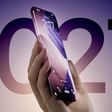Popular iOS racing game Real Racing 3 received a significant update yesterday, with the addition of new cars, a new track, game modes, crew members, and general gameplay updates. For the first time, cars from Italian automotive maker Ferrari are in the game, including three cars such as the Ferrari FF and the Ferrari 458 Italia. Spain's Circut de Cataluyna has been added as a playable track, with the game also offering a new crew member aspect which allows users to earn in-game currency and other bonuses.

What's New in Version 1.4.0
Real Racing 3’s garage is bolstered by the introduction of highly requested cars from iconic Italian manufacturer, Ferrari.
- New Cars – for the first time in Real Racing, get behind the wheel of magnificent Ferrari vehicles: the FF, the 458 Italia, and the V12-powered F12berlinetta
- New Track – experience the sweeping turns and blistering straights of Spain’s famous Circuit de Catalunya
- Time Trial Ghost Challenges – learn from the best, compete with Friends and start new racing rivalries
- Meet The Crew – hire Crew Members to earn R$, Fame, and Servicing bonuses
- AI Improvements – better collision avoidance and faster times through the first corner
- HUD Customisation – tweak new settings to personalise your racing experience
- Lap and Sector Times – precise performance comparison
The game has seen numerous updates since its release this past February, from the addition of a Dubai track to the inclusion of Chevrolet cars and a major update in August that brought classic muscle cars and new events. Our sister site TouchArcade also published a review of the game upon its release that explained the title's freemium gameplay in depth, and also released a guide on how to spend conservatively in the game.
Real Racing 3 is a free app that can be downloaded from the App Store. [Direct Link]


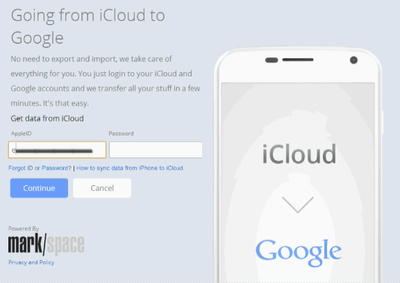
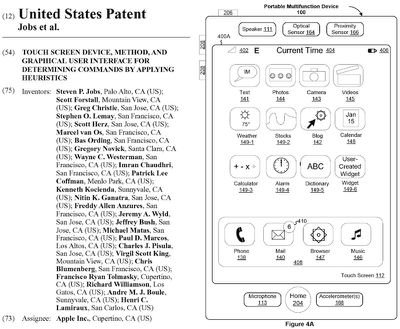
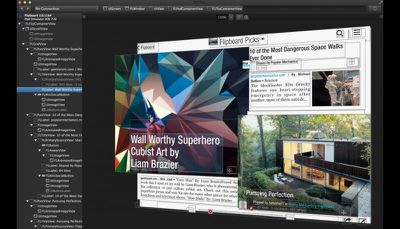
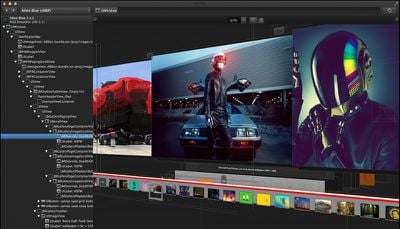
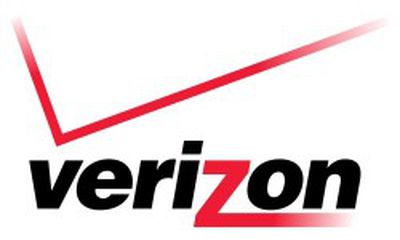 Verizon today became the first of the major U.S mobile carriers to
Verizon today became the first of the major U.S mobile carriers to 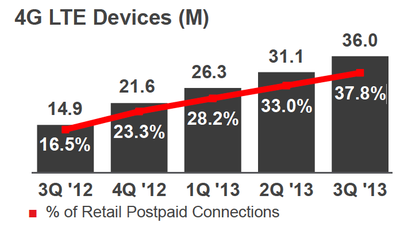







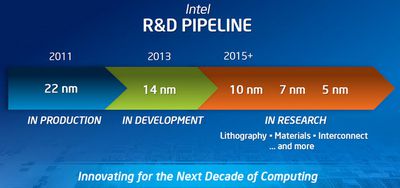
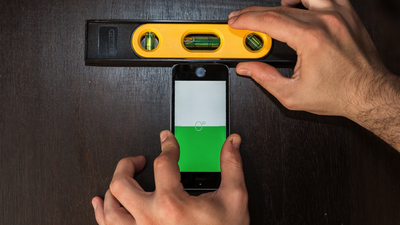
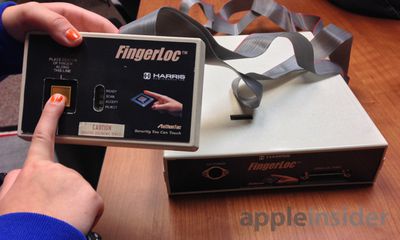
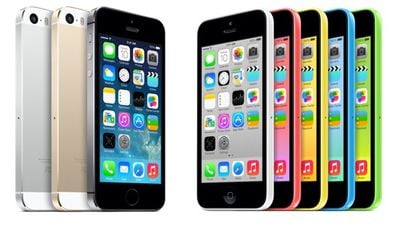
 After Apple
After Apple 
 The lens also works with all apps, including the official
The lens also works with all apps, including the official 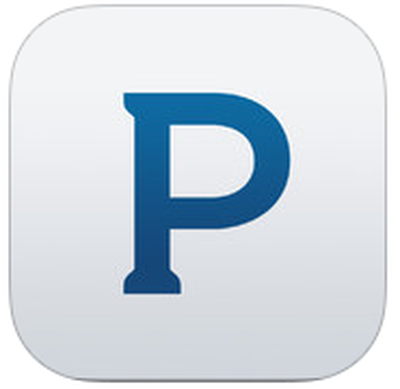 Pandora CFO Mike Herring this week made several comments about Apple's
Pandora CFO Mike Herring this week made several comments about Apple's 










